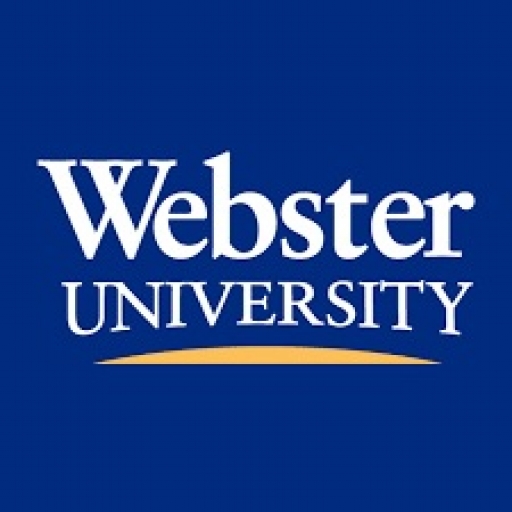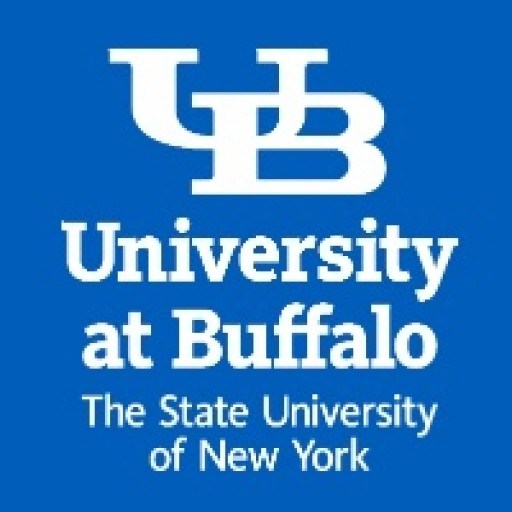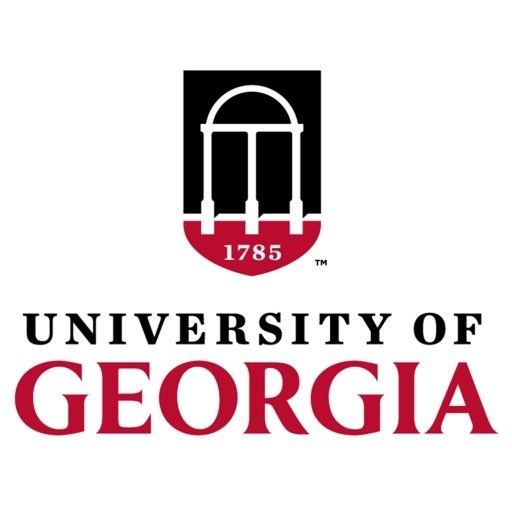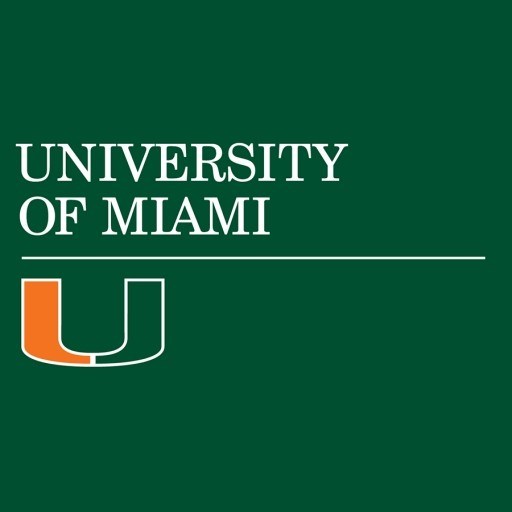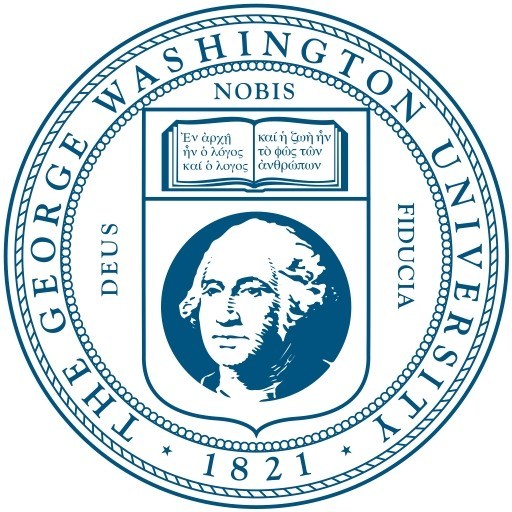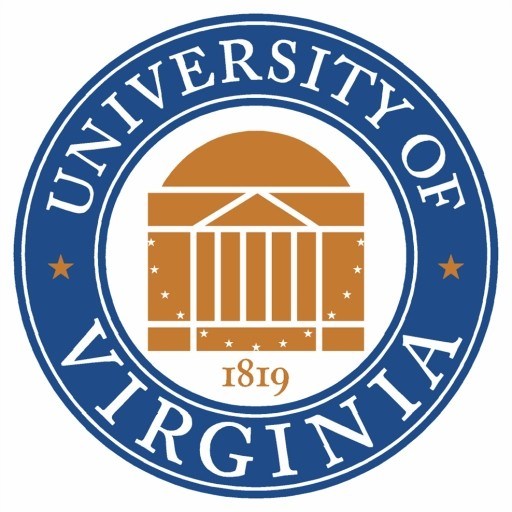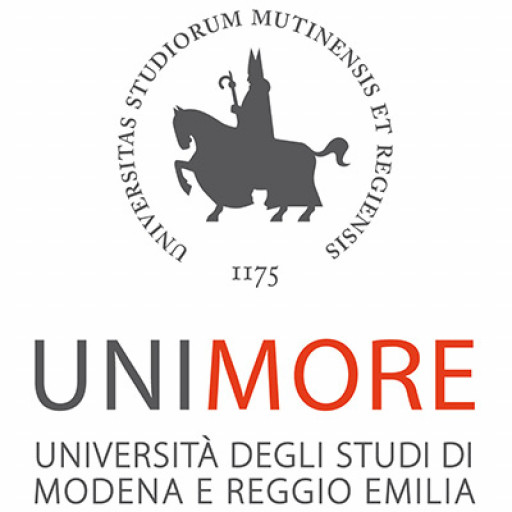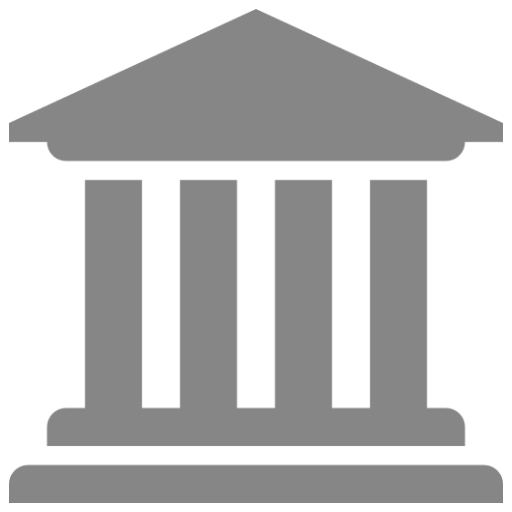Photos of university / #arizonastateuniversity
The Bachelor of Science in Communication Disorders at Arizona State University offers students a comprehensive foundation in the study of human communication processes and disorders. This program is designed to prepare students for careers in speech-language pathology, audiology, and related fields, equipping them with the essential knowledge and skills to assess, diagnose, and treat individuals with communication challenges. The curriculum encompasses a broad range of topics, including speech and language development, neurology of communication, voice disorders, fluency disorders, swallowing disorders, and audiology. Students engage in both theoretical coursework and practical experiences, fostering a deep understanding of the scientific principles underlying communication functions and impairments.
Throughout the program, students have opportunities to participate in hands-on clinical training, working directly with clients under supervision, which prepares them for graduate education and professional certification. The program emphasizes an interdisciplinary approach, integrating insights from linguistics, psychology, neuroscience, and education to ensure a well-rounded understanding of communication disorders. Additionally, students are encouraged to develop research skills, critical thinking, and effective communication strategies, essential for careers in healthcare, education, and research settings.
Arizona State University provides state-of-the-art laboratories and clinical facilities to support student learning and skill development. The program also offers various opportunities for involvement in research projects and community outreach programs, promoting a commitment to service and lifelong learning. Graduates of the Communication Disorders program are well-prepared to pursue graduate studies in speech-language pathology or audiology, or to enter the workforce in healthcare facilities, schools, and community agencies. With a focus on inclusivity and diversity, the program prepares students to work effectively with individuals from diverse backgrounds and with a wide range of communication needs.
52 credit hours and a written comprehensive exam, or
52 credit hours, a thesis and a written comprehensive exam
- core (23)
- electives (4 or 10)
- research (1)*
- clinical practicum (8)**
- Internship (10)
- culminating experience: a nonthesis option of a written comprehensive exam OR a thesis for 6 credit hours with oral defense and a written comprehensive exam***
*Students in the thesis option take four credit hours of electives. Students in the nonthesis option take 10 credit hours of electives.
**One credit hour of SHS 500 Research Methods is required.
***Both the thesis and nonthesis options require the American Speech-Language-Hearing Association Praxis national exam in Speech Language Pathology. This is the comprehensive exam for the thesis option. For the nonthesis option, a department-administered comprehensive examination in speech-language pathology is required along with the national exam to fulfill the requirements of the comprehensive exam.
A bachelor's degree and prerequisite course work in speech and hearing is required for admission. Students applying for admission to this program should submit the following:
- online graduate admission application
- email addresses of three recommenders
- GRE scores
- statement of professional and academic goals not to exceed 300 words
- undergraduate transcripts
- proof of English proficiency*
*An applicant whose native language is not English (regardless of current residency) must provide proof of English proficiency.
Please see the program website for application deadlines and admission terms. Candidates who have undergraduate deficiencies may need to take required prerequisite courses.
Scholarships
- Teaching or Research Assistantships
- Global Education
The Bachelor of Science in Communication Disorders at Arizona State University is designed to prepare students for careers in speech-language pathology, audiology, and other related fields within communication sciences. The program provides students with a comprehensive understanding of human communication processes, speech and language development, disorders, and the methods used for assessment and intervention. Students gain foundational knowledge in anatomy, physiology, psychology, and linguistics, which are essential for understanding how communication processes function and how they can be impaired. The curriculum offers a mix of classroom instruction, laboratory work, and field experiences, enabling students to develop both theoretical knowledge and practical skills.
Throughout the program, students have opportunities to engage in research projects and internships that provide real-world experience in clinical settings. The program emphasizes the importance of ethical practice, cultural competence, and interdisciplinary collaboration. Students are encouraged to develop strong communication, critical thinking, and problem-solving skills that are vital for effective service delivery in diverse populations. The program also prepares students for graduate studies in speech-language pathology or audiology, with the goal of qualifying them to pursue certification and licensure in these fields.
ASU's location and connections with local clinics and hospitals allow students to gain valuable practical experience. The faculty members are experts in fields related to communication sciences, and they actively participate in research that advances understanding and treatment of communication disorders. Successful graduates of this program are equipped to follow careers as speech-language pathologists, audiologists, or related healthcare professionals and to continue their education through advanced degree programs. Overall, the Communication Disorders program at Arizona State University aims to produce competent, compassionate, and innovative professionals who can make meaningful contributions to improving communication health and quality of life for individuals with speech and hearing impairments.

